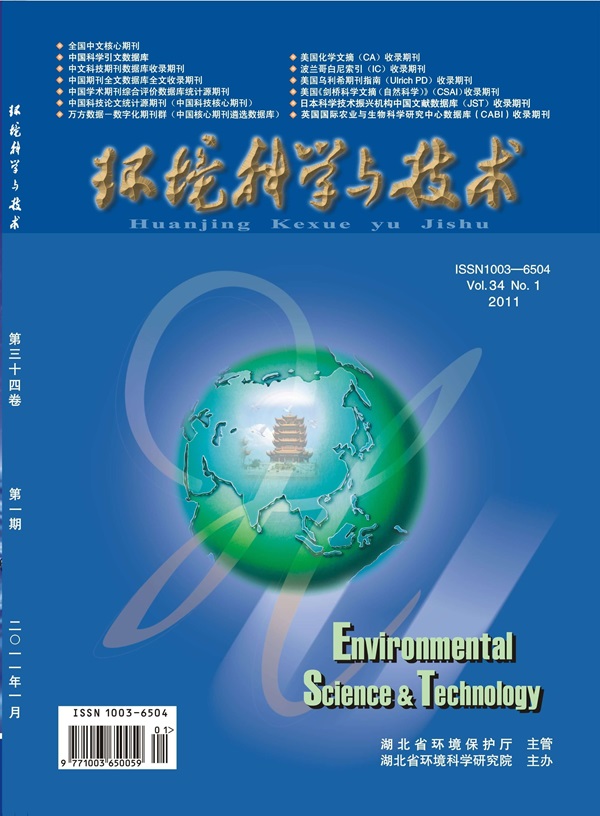寒温带山区淡水通过藻类代谢产生甲烷
IF 11.3
1区 环境科学与生态学
Q1 ENGINEERING, ENVIRONMENTAL
引用次数: 0
摘要
我们报道了在寒温带地区营养有限的山地淡水中溶解CH4浓度(d-CH4)的重要环境驱动因素,并探索了多种已知的氧化CH4生产途径的潜力。野外调查结果显示,地表水中d-CH4的过饱和状态(相对于大气平衡时d-CH4的理论值)是一致的,且具有显著的季节变化。统计分析强调了藻类动态对d-CH4的直接影响以及温度和营养物对d-CH4的间接影响。进一步的实验室规模孵育表明,去除藻类后CH4产量下降55.25 ~ 93.65%,而添加甲基膦酸盐(MPn)后CH4产量增加4 ~ 10倍。这些发现表明,与MPn相关的藻类代谢产生的CH4具有高过饱和d-CH4的潜力。这也验证了蓝藻在这一机制中的关键作用,温度和光线是调节因素。本研究强调了寒温带山地淡水中藻类对CH4特性的作用,并提出了在营养有限的湖泊中通过MPn代谢产生氧化CH4的潜力,丰富了对水生CH4循环的理解,并警告了在最小人为干扰下保持淡水环境平衡的重要性。本文章由计算机程序翻译,如有差异,请以英文原文为准。

Cold-Temperate Mountainous Freshwater Produces Methane by Algal Metabolism
We reported important environmental drivers of dissolved CH4 concentrations (d-CH4) in nutrient-limited mountainous freshwater in a cold-temperate region and explored the potential for multiple known oxic CH4 production pathways. Field investigation revealed consistent supersaturated d-CH4 in surface water (relative to the theoretical value of d-CH4 at atmospheric equilibrium), with significant seasonal variations. Statistical analysis highlighted the direct impact of algal dynamics and the indirect effect of temperature and nutrients on d-CH4. Further lab-scale incubation demonstrated that CH4 production decreased by 55.25 to 93.65% with algae removal, while it increased 4 to 10 times with methylphosphonate (MPn) amendment. These findings argued that CH4 produced from algal metabolism related to MPn had a high potential for supersaturated d-CH4. It also verified the pivotal role of cyanobacteria in this mechanism, with temperature and light acting as regulatory factors. Through highlighting the role of algae for CH4 characteristics in cold-temperate mountainous freshwater and proposing the potential of oxic CH4 production through MPn metabolism in nutrient-limited lakes, this study enriches comprehension of aquatic CH4 cycle and warns about the importance of preserving environmental balance in freshwater with minimal human disturbance.
求助全文
通过发布文献求助,成功后即可免费获取论文全文。
去求助
来源期刊

环境科学与技术
环境科学-工程:环境
CiteScore
17.50
自引率
9.60%
发文量
12359
审稿时长
2.8 months
期刊介绍:
Environmental Science & Technology (ES&T) is a co-sponsored academic and technical magazine by the Hubei Provincial Environmental Protection Bureau and the Hubei Provincial Academy of Environmental Sciences.
Environmental Science & Technology (ES&T) holds the status of Chinese core journals, scientific papers source journals of China, Chinese Science Citation Database source journals, and Chinese Academic Journal Comprehensive Evaluation Database source journals. This publication focuses on the academic field of environmental protection, featuring articles related to environmental protection and technical advancements.
 求助内容:
求助内容: 应助结果提醒方式:
应助结果提醒方式:


